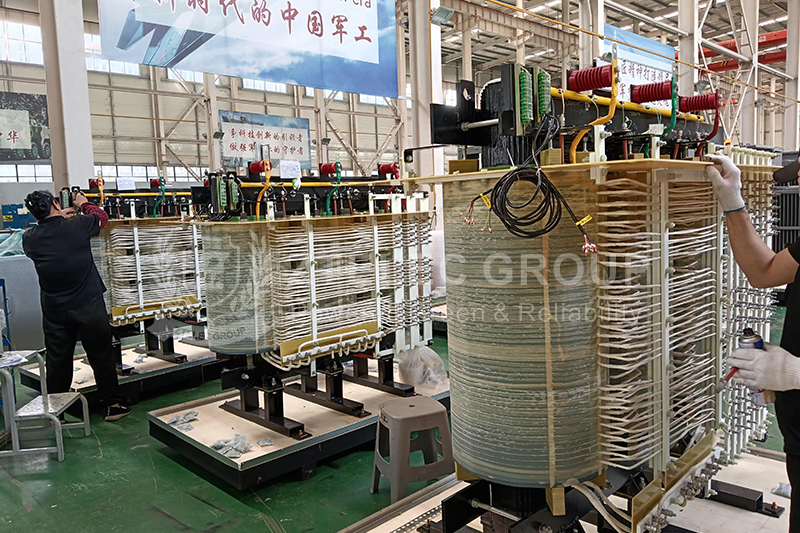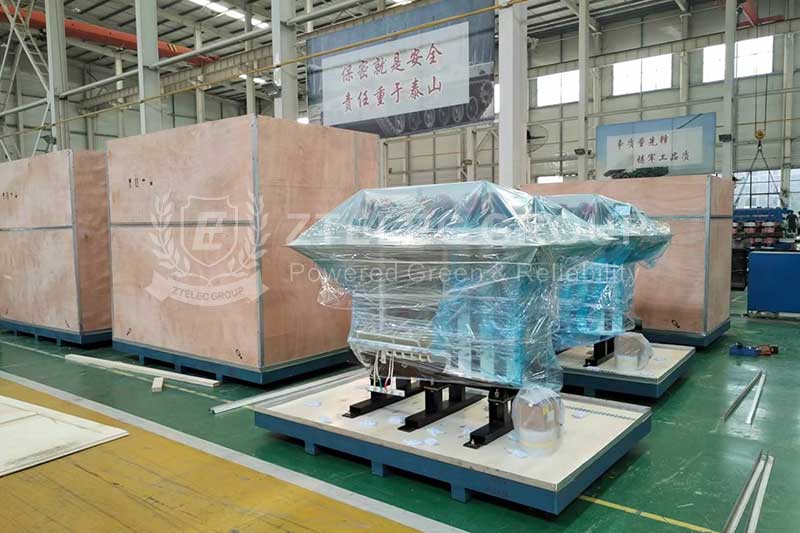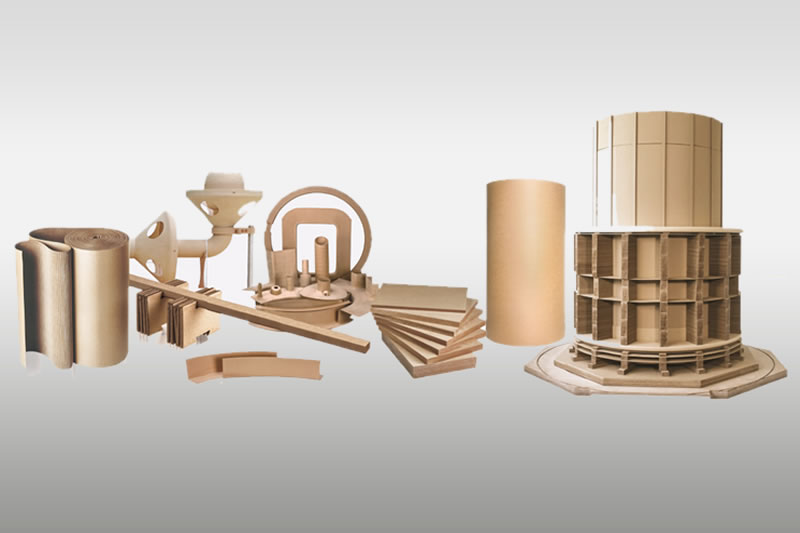Power Transformers VS Distribution Transformers
As a very important part of the transmission and distribution network, the transformer is the hub of the power grid system.
What is the difference between a power transformer and a distribution transformer? There are mainly the following aspects:
1. The type of network used
2. Installation location
3. Use of low or high pressure
4. Various ratings of power and distribution transformers available in the market
5. Other

Let's talk about the differences in specific details
1. Function
A power transformer is installed in each power station for the generation and transmission of electricity. It acts as a step-up or step-down transformer, increasing or decreasing the voltage level as required. It can also be used to connect two power stations.
Distribution transformers reduce voltage and current to safe levels, which are used by end-user consumers such as homes and factories.
2. Distribution network
Power transformers are used in higher voltage transmission networks, while distribution transformers are used in lower voltage distribution networks.
3. Transformer Voltage Rating
Power transformers are marketed in various ratings such as: 400 kV, 200 kV, 110 kV, 66 kV, 33 kV . Electric power distribution are marketed in various ratings such as: in 11 kV, 6.6 kV, 3.3 kV, 440 V, 230 V.
4. Load change
Power transformers always operate at rated full load, so load fluctuations are very small. But distribution transformers operate at less than full load, so load variations are very large.
5. Efficiency
Efficiency = output power/input power. Power transformers have a maximum efficiency of 100%, while distribution transformers vary between 50-70%.
6. Application place
Power transformers are mainly used in power stations and power transmission substations. Distribution transformers are mainly installed in distribution stations to distribute electricity to industries and households
7. Size
Generally power transformers are larger in size compared to distribution transformers.
8. Loss
As long as the power transformer is running, iron loss and copper loss will always exist. In distribution transformers, only the iron loss will always exist, and the copper loss depends on the load cycle.
9.Type
Types of Power Transformers. Power transformers may be classified into several different types based on the device's construction and application.
Common types include auto transformers, isolation transformers, flyback transformers, distribution transformers, and substation transformers.
Generally, you will see two different types of distribution transformer:
Pole mounted transformers (if transmission lines run above ground) and pad mounted transformers (transmission lines underground).

ZTelec Group transformer products can achieve high voltage 38.5kv, low voltage 0.4kv, capacity 50-12.5MKA.
- more+releated article
- 2025-12-13How to Select and Use Phenolic Cloth-base Lami
- 2025-12-13How Much Does Bakelite Sheet Cost? 2025 Price
- 2025-12-13Why are most 3240 epoxy boards yellow?
- 2025-12-13What are the Main Applications of FR4 Epoxy Bo
- 2025-12-13Why Does the Price of Insulating Paperboard Va
- 2025-12-13Heat-Resistant DDP Insulation Paper
- 2025-12-13Comparison of Heat-Resistant DDP Insulating Pa
- 2025-12-13G10 and FR4 Epoxy Boards: Commonly Used for Ge
- 2025-12-13The Price of Heat-Resistant DDP Insulation Pap
- 2025-12-13How to Choose Epoxy Laminate Materials for Gen





